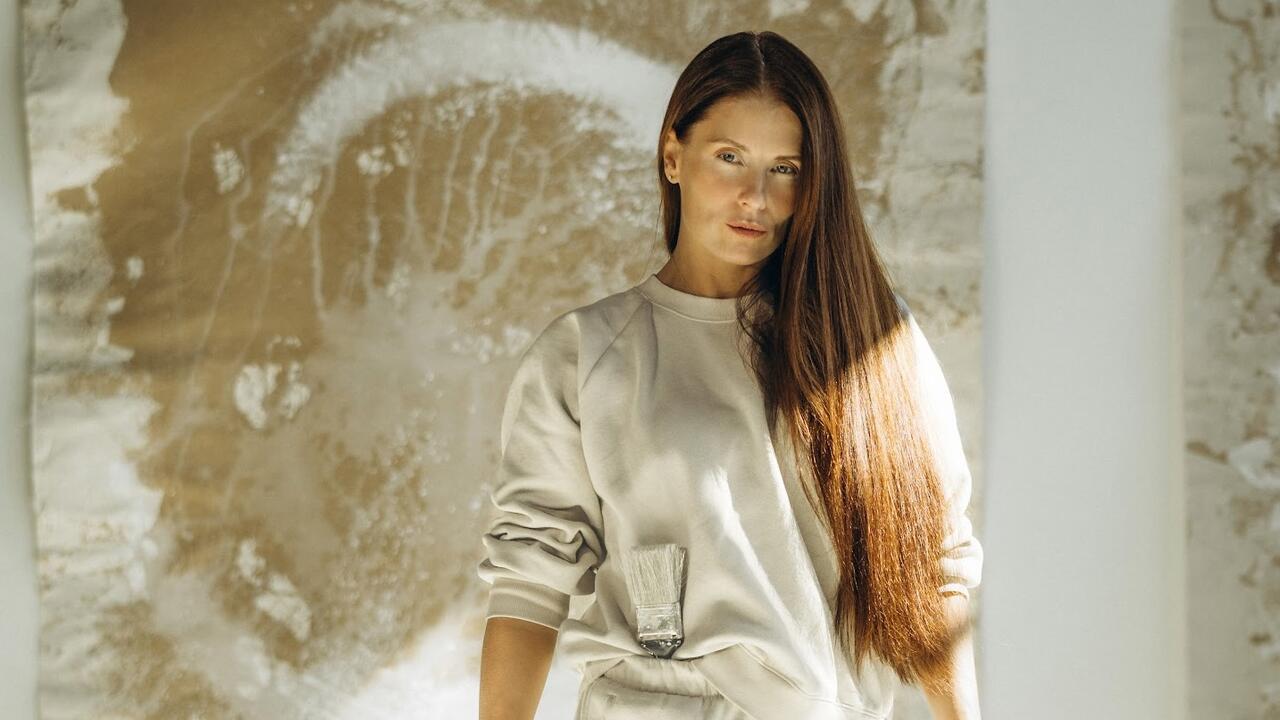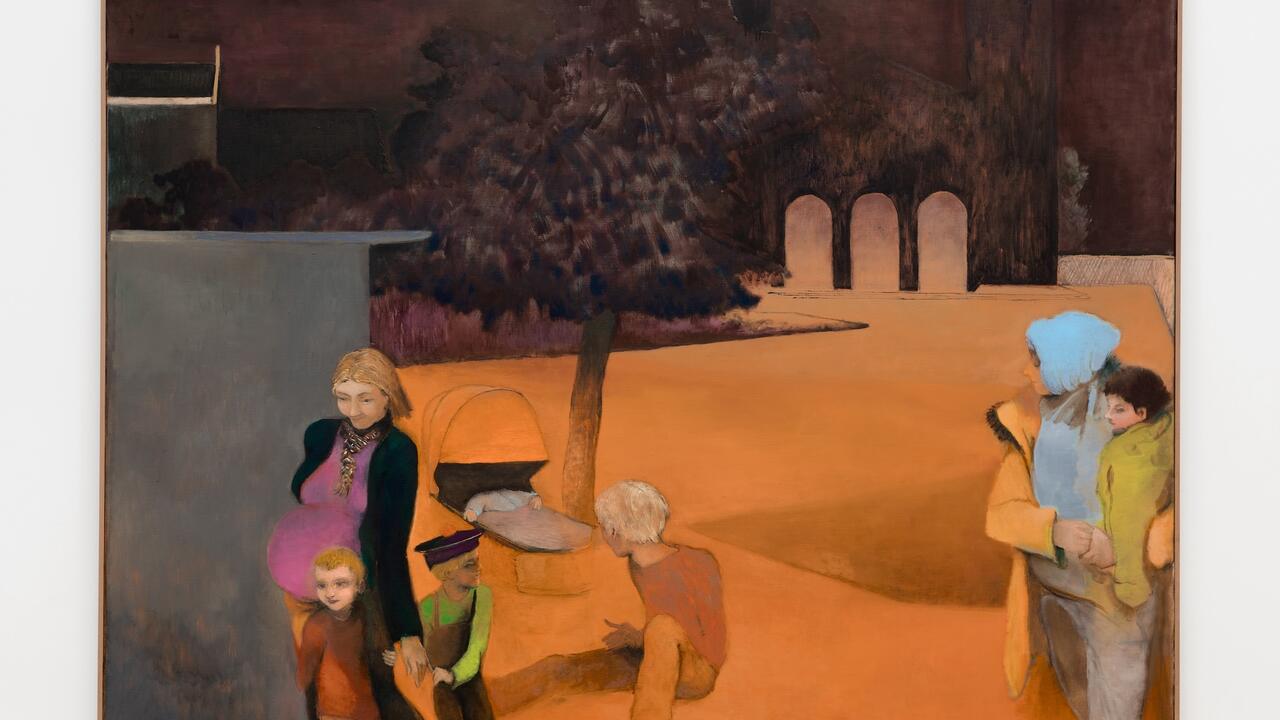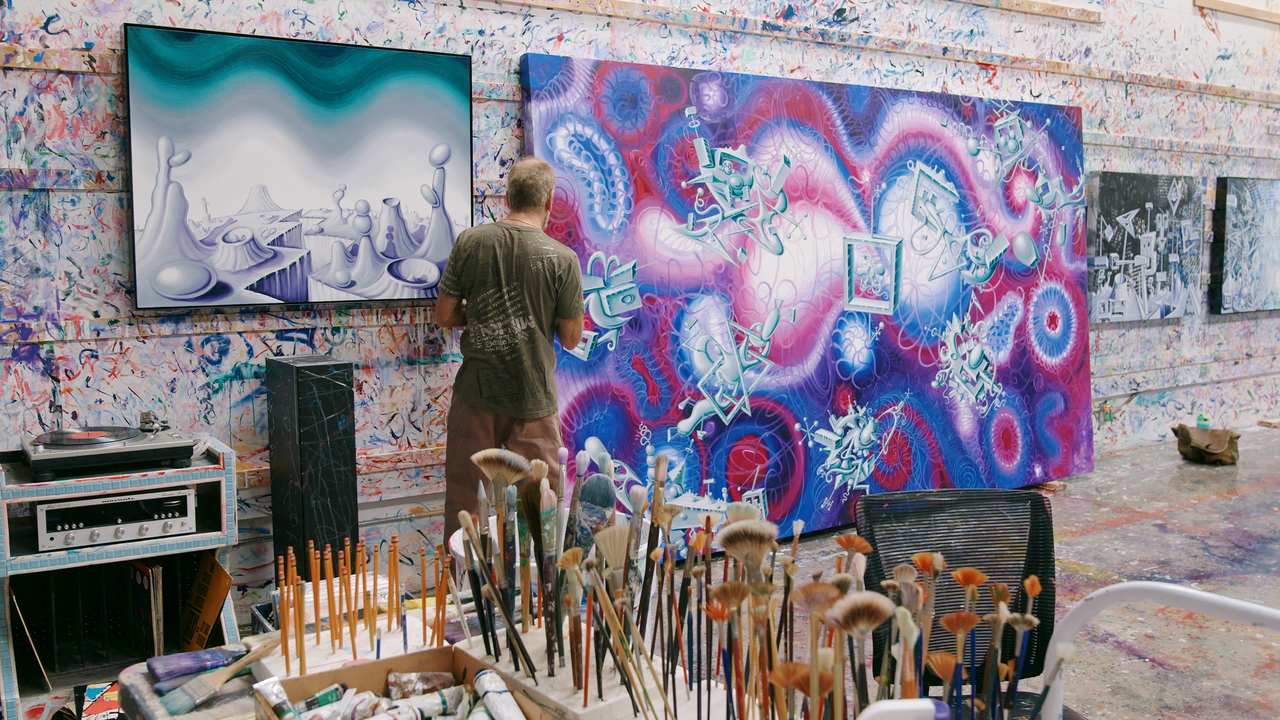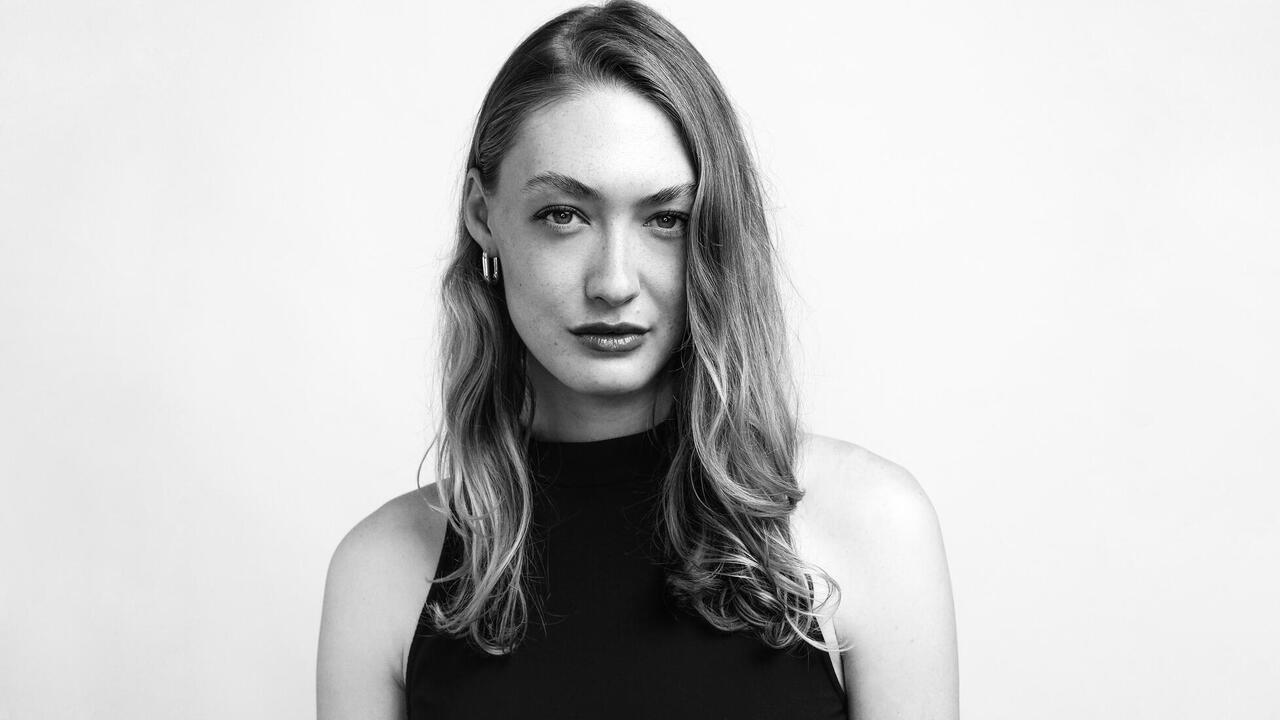I Remember

I remember when, in high school, if you wore green and yellow on Thursday it meant that you were queer. I remember when, in high school, I used to stuff a sock in my underwear.
‘I remember that for my fifth birthday all I wanted was an off-one-shoulder black satin evening gown. I got it. And I wore it to my birthday party.’
‘I remember my first sexual experience in a subway. Some guy (I was afraid to look at him) got a hard-on and was rubbing it back and forth against my art. I got very excited and when my stop came I hurried out and home where I tried to do an oil painting using my dick as a brush.’
‘I remember my parents’ bridge teacher. She was very fat and very butch (cropped hair) and she was a chain smoker. She prided herself on the fact that she didn't have to carry matches around. She lit each new cigarette from the old one. She lived in a little house behind a restaurant and lived to be very old.’
Joe Brainard was born on the 11th March 1941 in Salem, Arkansas, but always said he was from Tulsa, Oklahoma, where he attended High School. There he became friends with poets Ron Padgett and Dick Gallup. After a scholarship to the Dayton Art Institute in Ohio proved uncompromising, he moved to New York. At the time of his first solo show at the Alan Gallery in 1965, he said: 'I guess what I am really interested in is being beautiful'. John Ashbery, in his little essay accompanying the show, commented: 'It is a long time since anyone was really interested in being beautiful. Other qualities like strength or simplicity or ugliness replaced beauty some time ago. There were those who insisted that beauty was precisely these things. A slab of mud and grit by Dubuffet was beautiful if you looked at it in the right way, but you had to look at it in the right way.' Looked at another way (the right way?) Brainard's desire to be beautiful was as much about himself as his art. In his text Self-Portrait: 1971 he wrote 'WHY I AM A PAINTER: One reason I'm a painter is because I'm not a movie star'. 1
While continuing to show at the Alan-Landau and Fishbach Galleries in New York he published I Remember (1970), with Angel Hair Press. This was Brainard's first book, though he had already collaborated on comics with, amongst others, Frank O'Hara, James Schuyler, Barbara Guest, Kenneth Koch and Harry Mathews, and on books with Ron Padgett, Ted Berrigan, and Kenward Elmslie, with whom he lived for at least every summer for the rest of his life. His last gallery show took place in 1978, but was followed by two retrospectives: one at the Long Beach Museum in 1980, and another in 1987, at the University of California, San Diego. He spent the latter part of the 80s drawing, writing, and voraciously reading everything of note, but showing no paintings, having convinced himself he was not up to his own rigorous standards (Velázquez). If he no longer painted pictures, he wrote paintings. The following passage is from Imaginary Still Lifes (No.7): 'I close my eyes. I see a white statue (say 10" high) of David. Alabaster. And pink rose petals. And black velvet. This is a sissy still life. Silly, but pretty. And, in a certain way, almost religious. ('Eastern' religious). This still life is secretly smiling.' 2 Brainard died in New York City on 25th May 1994 from an AIDS-related illness.
Though shy, Brainard was, by all accounts, a charmer with a great sense of humour. Worried about his skinniness, he designed elaborate diet regimes to muscle up. 'RIGHT NOW: Thinking about how blue the sky is, and how black and white the sun makes everything seem today, eating a peanut butter and honey sandwich on toast and drinking a can of Nutrament (trying to gain weight)'. 3 He remained lithe and handsome. A smoker, Brainard painted, drew, wrote about, and considered the beauty of smoking and its paraphernalia. About one cigarette butt work, James Schuyler wrote: 'He crams cork-tipped butts into a space until it is stuffed. The pattern has to find itself, except 'pattern' is a poor word: a contiguity, like what polishing shows in a slice of granite, the order of randomness.' 4
‘I remember Dorothy Collins. I remember Dorothy Collins' teeth. I remember planning to tear page 48 out of every book I read from the Boston Public Library, but soon losing interest. I remember my grade school art teacher, Mrs Chick, who got so mad at a boy one day she dumped a bucket of water over his head. I remember Moley, the local freak and notorious queer. He had a very little head that grew out of his body like a mole. No one knew him, but everyone knew who he was. He was always ‘around’. I remember liver.’
How refreshing that an artist who spent most of his life in New York had retrospectives in Southern California. It is helpful to think about Brainard's work - its humour, it directness - in terms of some Los Angeles artists, if only for a moment, to see that for all its important connections to what is handily referred to as the New York School of painters (Fairfield Porter, Alex Katz, Jane Freilicher) and writers (Frank O'Hara, John Ashbery, James Schuyler, Kenneth Koch, Barbara Guest, Kenward Elmslie), his work resonates on various frequencies. His little books of drawings and writings can be placed snugly next to Edward Ruscha’s brilliant photographic booklets: both reveal the genius of fearlessly pursuing a banal idea with single-minded thoroughness. William Wegman's videos with his dogs revel in the same dopey wonders of the ordinary as many of Brainard’s investigations.
Perhaps at his most disarming, Brainard was interested in discerning, as Dave Hickey has written about Jeffrey Vallance, 'the interrelatedness of just about everything'. Both artists achieved this by situating a peculiar religious fervour at the heart of their work. Where Vallance has found visionary moments in the 'shroud' of Blinky the frozen chicken, and the marks of Elvis' sweat on sky-blue satin, Brainard made vibrantly coloured shrines, riots of colours and flowers and materials buzzing around the Infant of Prague or a small, butterfly Madonna. Brainard was careful to qualify the religious nature of these works, and was quoted by Schuyler as saying: 'A lot of people said I was making fun of religion ... I'd almost rather be religious.’
These links with the West Coast do not deny a complex, intimate dialogue with Porter, Freilicher, and Katz (as well as Joseph Cornell, Ray Johnson, and Andy Warhol). The first three were close friends, Warhol a close acquaintance. While the connections between Brainard's work and the former artists' are apparent - a love for the everyday and for the real's real abstractness - his interest in Warhol is not, since too many critics have discussed the goings-on of the New York School and the Factory as if they were happening at different times and in different cities. Although the circles were dissimilar, the cross-pollination was tangible, if complex. On some level, it was the naturalness of homosexuality within these groups which allowed, even solicited interaction. In 'Andy Warhol's Sleep Movie', an essay from 1964 about seeing Sleep, Brainard wrote: ‘I rather enjoy the fact that a boring movie was made on purpose. And really, it's not so boring to be bored. (Thank you Andy.)' Brainard continued in another essay, ANDY WARHOL: ANDY DO IT: 'Andy Warhol's 'paintings' have 'presence'. Andy Warhol's 'paintings' have 'face'. I like paintings that have 'face' and 'presence'. I would not like Andy Warhol's paintings if they didn't 'have' face and presence. Andy Warhol knows what he is doing. Andy Warhol 'does it'. I like painters who 'do it'. Andy do it'. 5 Both men were in love with doing it, and with the frolic of popular culture which they knew was as much a part of life as art is, but where Brainard's work relishes (and is in many ways about) handiwork, Warhol's Andywork is Factory-made.
‘I remember when hoody boys wore their blue jeans so low that the principal had to put a limit on that too. I believe it was three inches below the navel. I remember one football player who wore very light faded blue jeans, and the way he filled them. I remember when my father would say 'Keep your hands out from under the covers' as he said good night. But he said it in a nice way. I remember the chair I used to put my boogers behind. I remember 'queers can't whistle'. I remember how many other magazines I had to buy in order to buy one physique magazine. I remember a girl in school one day who, just out of the blue, went into a long spiel all about how difficult it was to wash her brother's pants because he didn't wear underwear.’
Like Warhol's, Brainard's work gains some of its strength through seriality and repetition. Both artists meditated on the frame-by-frame structure of movies and comics, but where Warhol employed the repetition of grocery store displays and the photobooth, Brainard found seriality even closer at home - in books, turning a page and finding another page, the same and yet so different. Books feature heavily among his early work, including two amazing volumes, gifts for Ron and Pat Padgett. (Although his gallery shows sold well, in his work Brainard thwarted gallery and museum norms by delighting in the artwork as gift.) The Sky Book, (1965), 20-odd pages long, includes a piece of sky on every page - blue sky replacing the suit of a cute 50s bodybuilder, sky appearing out of the blue in a grid of minerals. The work takes a found image and tweaks it lovingly. The simplicity of the act - putting a piece of blue sky where you want it, where Brainard saw it already was - is also its brilliance. 49 S. Main Street (1970), named after the address of the Fairfield Porter home in Southampton, tries to capture in book form the calm, beach ease of that house that was home to so many gifted writers and artists. While the love of the gift is apparent in the care with which Brainard hand-tinted black and white photographs by James Schuyler, the aesthetics of love, its gifts, still make us queasy, hoodwinked too often by the fantasy of Kantian absolutes. Brainard's books, objects, and paintings are beautiful, but their formal surety (design, palette, conceptualisation) is paired with the equally formal rigours of friendship, care, and love. His gifted draughtsman's skills were always warmed by his insouciance and sunshine, the true origin of his art.
I remember playing doctor with Joyce Vantries. I remember her soft white belly. Her large navel. And her little slit between her legs. I remember rubbing my ear against it. I remember one very hot summer day I put ice cubes in my aquarium and all the fish died. I remember 'lavender past.' (He has a ...). I remember after people are gone thinking of things I should have said but didn't. I remember once having to take a pee sample to the doctor and how yellow and warm it was in a jar. I remember having a crush on a boy in my Spanish class who had a pair of olive green suede shoes with brass buckles just like pair I had. ('Flagg Brothers') I never said one word to him the entire year. I remember seeing my brother bend way over to pull out the bath tub plug naked and realising for the first time that shit came out of a hole instead of a long slit.
In the mid-70s, Brainard showed '2,000 to 3,000 miniatures' at the Fishbach gallery: a collage of playing cards, children's books, labels, coloured paper, stamps and letters, the works' number and scale confounded the machinations of the art market. What mattered was the immoderation of attention, intensified by the minute sizes of the objects. (A 1975 article in People Weekly was entitled 'Think Tiny Says Joe Brainard'.) While he valued the daily, the impromptu, the improvised, his works were never lucky, slapdash, or lackadaisical. Brainard's deft hand can most easily be seen in his use of cut-outs: in different works, sinuous sea grasses, pansies, roses and morning glories exquisitely arranged in complex layers of colour and shape.
Brainard's aesthetic encompassed methods often referred to as 'woman's work', including dainty needlework, garden club know-how and canasta shrewdness. This is a queer aesthetic in proximity with, but different from, what is too frequently condescended to as camp. His penmanship is easy to read, fun and direct, but precise as an elementary schoolteacher's. He loved to read old diaries and ladies' magazines, which fine-tuned his ear, as they did all of the New York School poets, to the genius of American colloquialisms. For example, he quotes a Mrs Florence Ginn's reminiscences about her water pump: 'I have many memories of the old pump - some goods and some bad - but that is the way of life.' Relish his keen eye for male beauties, but not to the detriment of his admiration for banality or his love of jewels, specifics inseparable from and without which his sexuality, like anyone's, is as dull as dirt.
Brainard's work brought into the world an aesthetics of immediacy, unembarrassed introspection, whimsy, and exploration. He never allowed his own doubts, distractions or embarrassment to do anything but inspire him. Whether today's artists know of his work or not, its perfume has affected them: Vincent Fecteau, Siobhan Liddell, Nicole Eisenmann, David Armstrong, and, most intricately, Jack Pierson, all owe something to Brainard. At root, these artists trust what they see in the people they care about, in the strange material that the sea of daily life washes up, no matter how ephemeral, flimsy or elusive. They have found that, as Brainard put it, 'Imagination is the Mother of Reality.' Because the majority of his work is still in private hands, it is easier to point to Brainard's influence on writers: Dennis Cooper's Little Caesar Press published Brainard's last book, Nothing to Write Home About, in 1981, and Cooper's own work recalls the casually poetic daring of Brainard's prose taken somewhere else entirely. Wayne Koestenbaum, David Trinidad, and Amy Gerstler can be seen to have taken in a deep breath of the pure oxygen with which Brainard's work blooms. In a late prose poem, he wrote: 'You see, I'm not asking for anything to change, really. I just want to see as is. If I criticise, it's through creating: the only way.'
I remember a pinkish-red rubber douche that appeared in the bathroom every now and then, and not knowing what it was, but somehow knowing enough not to ask. I remember a little boy who said it was more fun to pee together than alone, and so we did, and so it was. I remember 'dress up time' (Running around pulling up girl's dresses yelling 'dress up time'). I remember a fat man who sold insurance. One hot summer day we went to visit him and he was wearing shorts and when he sat down one of his balls hung out. I remember that it was hard to look at it and hard not to look at it too. I remember a very early memory of an older girl in a candy store. The man asked her what she wanted and she picked out several things and then he asked her for her money and she said. 'Oh, I don't have any money. You just asked me what I wanted, and I told you.' This impressed me to no end.
It is worth considering why Brainard's work should be so insistently of the 70s, that strange, variegated, nonchalant decade. What aspects of its racy energy inspired and allowed Brainard's work? In figuring out the lineage of Brainard's ability to trust what was in his hands and head, his ability to inhabit now - no small task for anyone - no one should ignore the effect of Frank O'Hara; his is one of the premature deaths that could be said to have ended the 60s, and his posthumous Collected Poems, published in 1971, one of the works that began and defined the 70s. Brainard met O'Hara via Ron Padgett, who studied at Columbia with Kenneth Koch, a close friend of O'Hara's and fellow poet at Columbia. One of the many things that Koch noted about O'Hara must also have impressed Brainard: 'his feeling that the silliest idea actually in his head was better than the most profound idea actually in somebody else's head - which seems obvious once you know it, but how many poets have lived how many total years without ever finding it out?'. 6
One of O'Hara's last pieces of writing was a cogent introduction to Edwin Denby's Dancers, Buildings and People in the Streets. The two men had been close friends and fellow observers for many years. In the title essay, Denby wrote about seeing dance performed in a way that was intimately applicable and connected to O'Hara's own aesthetics of the ecstatic: how to take the disjointed wonder called 'life' and somehow let it flow through whatever that excitement given the name of 'art' is. In the final paragraph of his introduction, O'Hara illuminates Denby's keen art of attention: 'Much of this prose is involved with the delineation of sensibility in its experience of time: what happens, and how, if at all? what does each second mean, and how is the span of attention used to make it a longer or shorter experience? Is time in itself beautiful, or is its quality merely decorable or decorous? Somehow, he gives an equation in which attention equals life, or is its only evidence.' Brainard imbued his work with the excited energy that Denby found in dance and on the streets and that O'Hara expressed in poetry. In his Self-Portrait: 1971, Brainard defines art. 'ART: Art to me is like walking down the street with someone and saying 'Don't you love that building?' (Too)'. He saw that the stuff of life is the stuff of art, the stuff of art the stuff of life. He allowed it to be there, and he allowed himself to be a part of it.
Main image: Portrait of Joe Brainard. Photo by Wren de Antonio, courtesy of Penguin Books
1. Joe Brainard, published in New Work, Black Sparrow Press, 1973, p.10 2. Joe Brainard, published in Out of this World: An Anthology of the St. Marks Poetry Project 1966-1991, ed. Anne Waldman, p.189 3. Joe Brainard, New Work, ibid., p. 16 4. James Schuyler, Art News, April 1967, p.57 5. Joe Brainard, Selected Writings, Kulchur, 1971, p.20-21 6. Kenneth Koch, 'A Note on Frank O'Hara in the Early Fifties', in Homage to Frank O'Hara, Bolinas: Big Sky, 1978, p.26-27
























